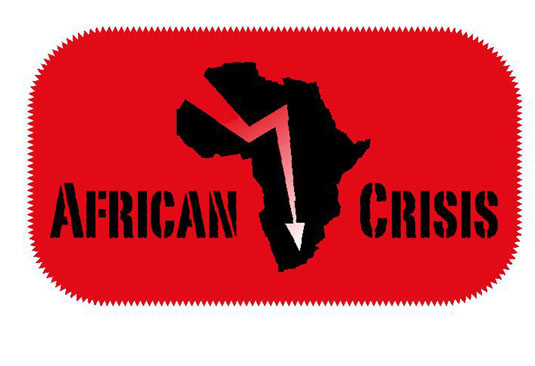WARNING: This is Version 1 of my old archive, so Photos will NOT work and many links will NOT work. But you can find articles by searching on the Titles. There is a lot of information in this archive. Use the SEARCH BAR at the top right. Prior to December 2012; I was a pro-Christian type of Conservative. I was unaware of the mass of Jewish lies in history, especially the lies regarding WW2 and Hitler. So in here you will find pro-Jewish and pro-Israel material. I was definitely WRONG about the Boeremag and Janusz Walus. They were for real.
Original Post Date: 2010-06-09 Time: 14:00:03 Posted By: News Poster
By Jo-Mar(201)É Duddy
OVERDUE loans at local banks spiralled by about 33 per cent to N$2,8 billion in the last six months of 2009 because of “weak domestic economic conditions”, the Bank of Namibia (BoN) said in its latest Financial Stability Report.
“The impact of the global financial crisis has continued to cause increases in overdue loans as a proportion of total loans, in the second half of 2009,” the BoN said.
The central bank’s statistics show that gross overdue loans as a percentage of total loans and advances have ballooned from 3,3 per cent in December 2006 to 8,0 per cent at the end of last year.
The figure climbed moderately from 3,3 per cent at the end of 2006 to 3,8 per cent at the end of June and December 2007, and 3,9 per cent at the end of June 2008. However, it rose sharply to 5,7 per cent six months later and continued its run to 6,5 per cent at the end of June 2009, before hitting 8,0 per cent at the end of last year.
According to the BoN, the proportion of overdue mortgage loans in total mortgage loans rose dramatically from 6,5 per cent last June to 11,3 per cent last December. However, most of the increase took place in the “amount overdue for less than one month”, the BoN said.
Despite these numbers, the central bank is not alarmed.
“The risk from credit risk is assessed to be minimal and requires only minimal monitoring,” the BoN report stated.
Non-performing loans (NPLs) as a percentage of the banking loan book, however, declined from 3,0 per cent at the end of last June to 2,7 per cent half a year later.
“The fall in NPLs was mainly a result of upgrading to better categories of NPLs (especially, to the sub-standard category). This normally takes place after a banking institution has recovered some outstanding amounts or arrears paid,” the BoN said.
The central bank said the local NPL ratio is “well within the acceptable range”. According to the international bank rating system, Camels, a ratio of less than five per cent is very low.
The NPL ratio of 2,7 per cent reached its lowest level in two years. This is a considerable drop from its peak of 3,2 per cent in June 2008, when NPLs amounted to nearly N$1 billion.
The BoN breakdown shows that non-performing mortgage loans formed the bulk of NPLs at the end of last December, constituting 47,9 per cent. It was, however, an improvement over the June 2009 situation, when the percentage was 53,7.
Following mortgage NPLs, were overdrafts and leases, personal loans, other loans and advances, as well as credit cards.
By the end of last year, the banking sector’s statutory large exposures, or exposures that are at least ten per cent of industry qualifying capital, accounted for 14,1 per cent of the total loan portfolio of the banking institutions, the BoN said. In the last quarter of 2008, this percentage was 16,8.
Despite banks’ relatively clean bill of health as far as NPLs are concerned, the BoN warned that there is still a risk that the fledgling global economic recovery would falter.
“Consequently, its negative impact on Namibia’s real economy could harm the banking sector, by crippling corporate performance and, hence, raising non-performing loans.
“Continuous monitoring is, therefore, justified under these circumstances,” the BoN said.
Original Source: 
Original date published: 7 June 2010
Source: http://allafrica.com/stories/201006090648.html?viewall=1
